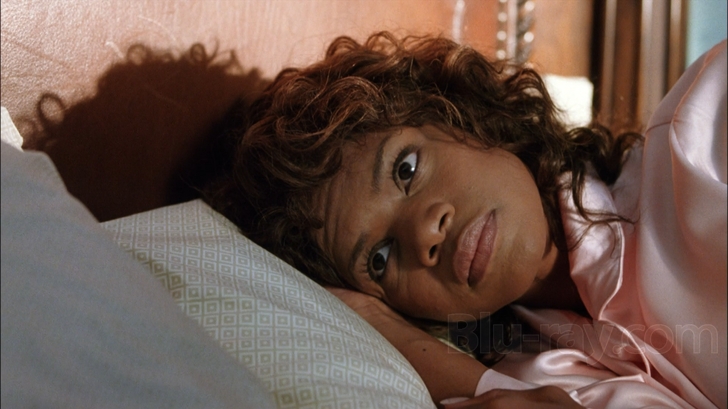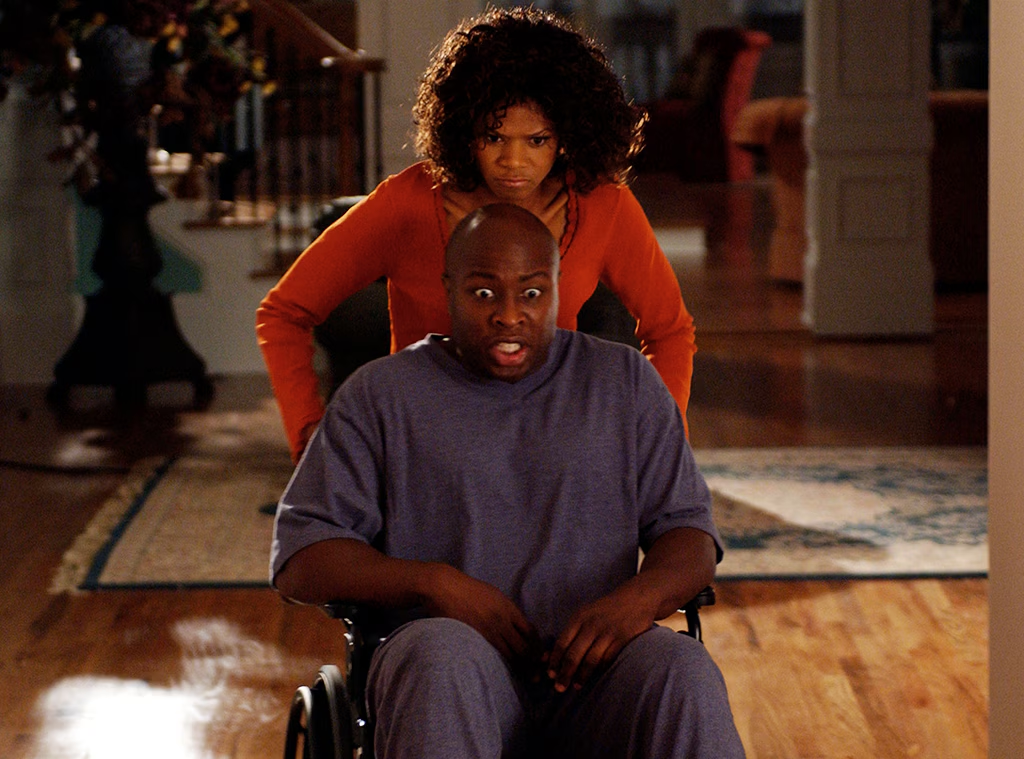Diary of a Mad Black Woman (2025) Official Trailer
June 16, 2025
Diary of a Mad Black Woman (2025) – Official Review
“Love, betrayal, and redemption. A journey through pain and strength.”
In an era when stories of resilience and overcoming adversity are more important than ever, Diary of a Mad Black Woman (2025) arrives as an emotional rollercoaster, both heart-wrenching and empowering. A modern reimagining of the beloved 2005 hit, this latest installment adds depth, fresh perspectives, and new challenges that prove the power of the human spirit and the importance of healing.

Plot Summary
The film picks up with Helen (played by Taraji P. Henson) now in the midst of a new phase in her life. Having endured a tumultuous marriage to Charles (played by Mike Epps), who is now fighting a battle of his own after a life-changing event, Helen must confront the painful past and learn to rebuild herself—not only for her sake but also for her family.
As Helen grapples with forgiveness and personal growth, she begins to discover new loves and friendships, including a fresh romance that offers her the chance to embrace happiness again. However, as she journeys through this emotional terrain, she must contend with her own fears, and the shadows of the past continue to threaten her happiness. The movie ultimately becomes a tale of love, pain, redemption, and the power of family—touching on the importance of understanding, self-worth, and second chances.

Artistic Analysis
Directed by Tyler Perry, Diary of a Mad Black Woman (2025) retains the heart and spirit of the original while injecting fresh emotional depth. Perry’s trademark balance of drama and humor shines through, and his understanding of complex human emotions brings an authentic, relatable feel to the film. The cinematography enhances the narrative, with contrasting light and dark tones that symbolize Helen’s internal struggle as she transitions from despair to empowerment.
The movie blends moments of heartache with scenes of joy, providing viewers with both tears and laughter, reminding us that life’s path isn’t linear—growth and healing come with ups and downs. The rich and vibrant soundtrack heightens the emotional experience, underscoring the pivotal moments in Helen’s journey.

Performances
Taraji P. Henson delivers yet another powerhouse performance as Helen, beautifully capturing the complexity of a woman trying to rediscover herself after years of betrayal. Her portrayal of a character who is both strong and vulnerable adds layers of authenticity to the story. Henson’s ability to express Helen’s inner turmoil, frustration, and eventual triumph is the emotional backbone of the film.
Mike Epps brings a surprising depth to the character of Charles, who, while initially seen as a villain, finds himself in a new light following the accident that forces him to reflect on his past. Epps manages to show the vulnerability and remorse of a man who is slowly realizing the impact of his actions.
The supporting cast, including Laverne Cox, Tyrese Gibson, and Viola Davis, bring compelling performances that enrich the narrative. Cox’s role as a fierce and loyal friend offers Helen a sense of solidarity, while Gibson’s portrayal of a potential new romantic interest provides hope and joy after years of pain. Viola Davis, as always, brings gravitas to the film, portraying a role of wisdom and strength that leaves a lasting impression.

Emotional Impact
Diary of a Mad Black Woman (2025) is deeply emotional, navigating the delicate themes of love, forgiveness, and finding strength after loss. The film excels at portraying Helen’s journey of self-discovery and healing. The moments of her confronting her fears, the raw vulnerability she shows, and the warmth she receives from those who support her make for a powerful emotional journey.
The film’s greatest strength lies in its portrayal of the strength within relationships. Whether it’s the support from friends, family, or a new romantic partner, the film shows how love and understanding can heal wounds. The bittersweet, but hopeful, ending brings a sense of closure while leaving the door open for future possibilities—true to the nature of healing itself.
Tone and Pacing
The pacing of Diary of a Mad Black Woman (2025) flows smoothly between moments of tension and relief. While the film addresses heavy emotional subjects, it avoids becoming too overwhelming by incorporating humor and lighter scenes that offer respite. The tone shifts between moments of deep pain and light-hearted romance, skillfully balancing the film’s themes of sorrow and renewal.
The film’s structure mirrors Helen’s journey—slower and more reflective at first, with moments of catharsis that build into a powerful conclusion. The careful pacing ensures that the emotional beats land without feeling rushed, allowing the audience to fully invest in Helen’s transformation.

Conclusion
Diary of a Mad Black Woman (2025) is a remarkable film that explores themes of love, loss, and resilience with authenticity and depth. Taraji P. Henson’s masterful performance and the strong supporting cast bring this story to life in a way that resonates with anyone who has faced adversity. The movie is a testament to the power of forgiveness, the importance of self-love, and the strength to overcome the past. Whether you’re a fan of the original or new to the franchise, this sequel will captivate your heart and leave you with a renewed sense of hope. It’s a celebration of personal growth, the power of family, and the enduring strength of the human spirit.

